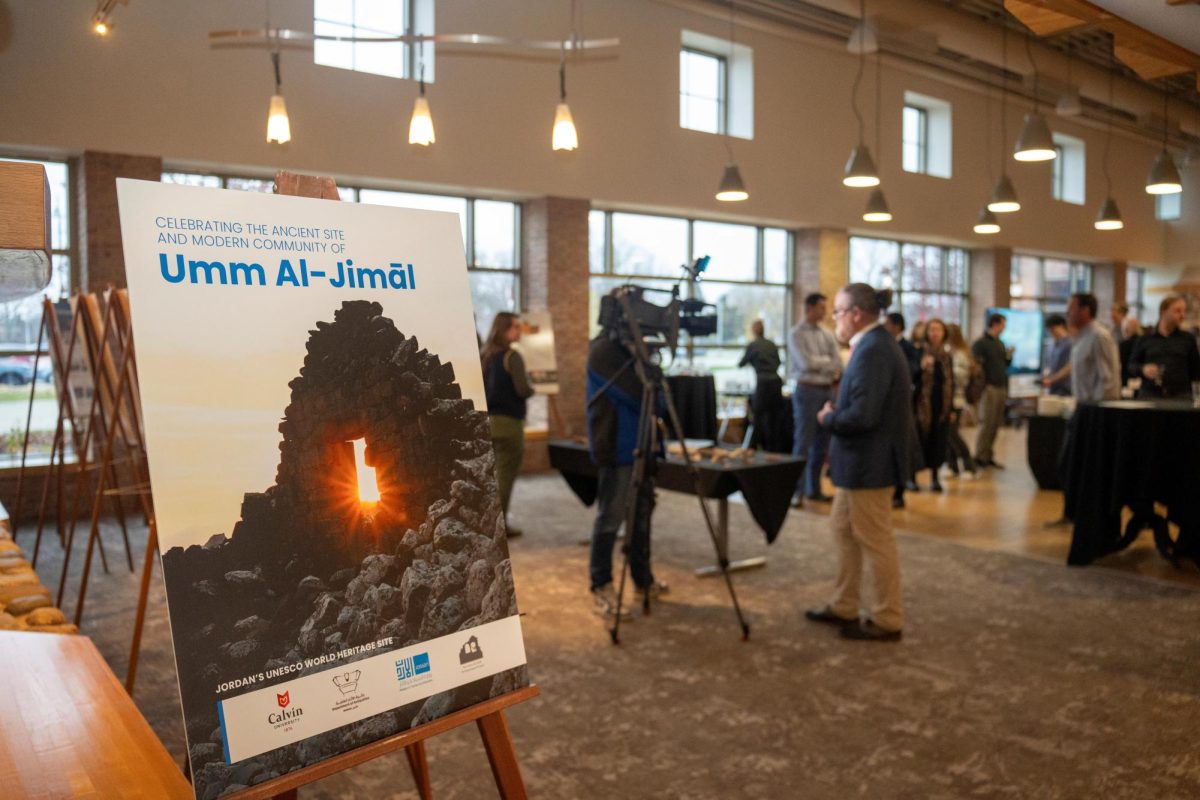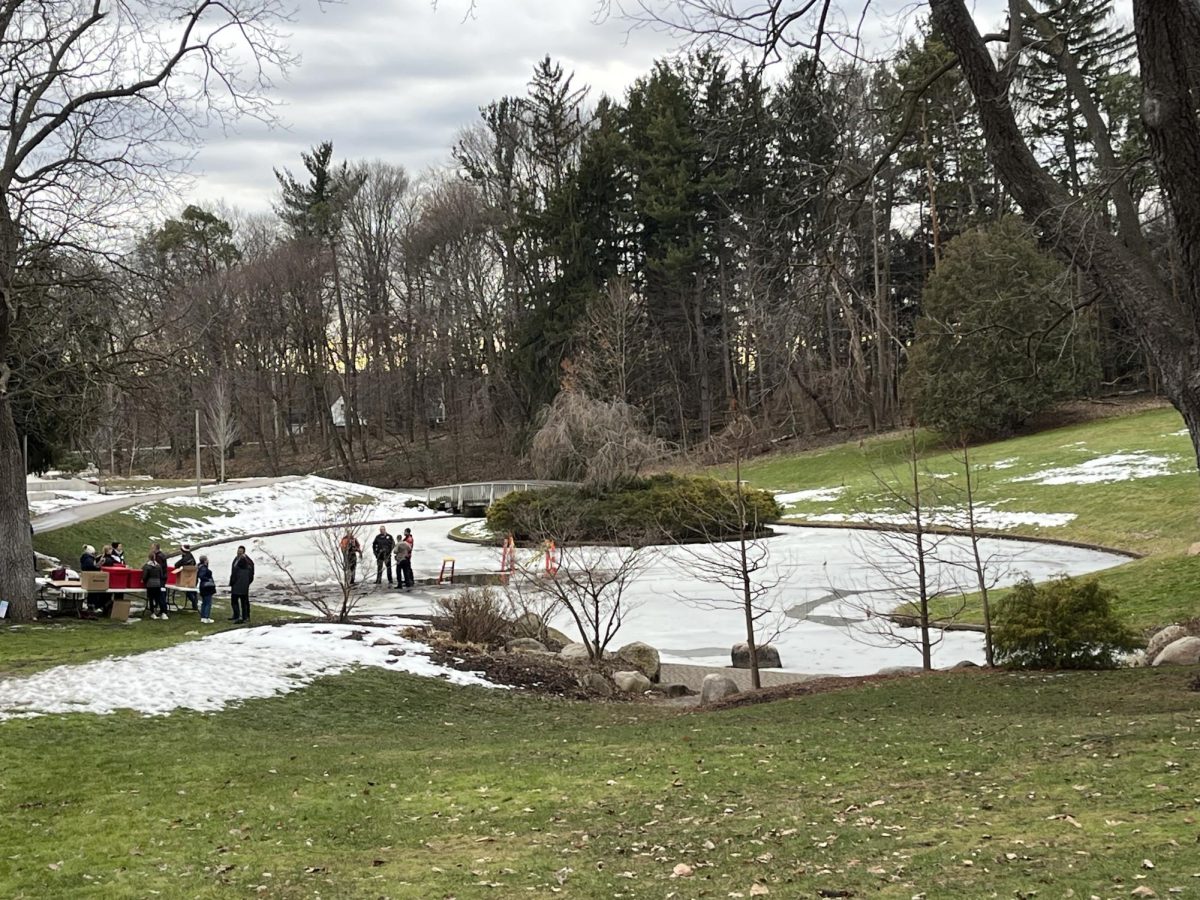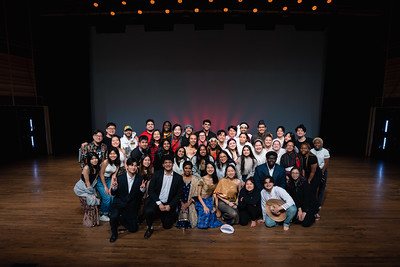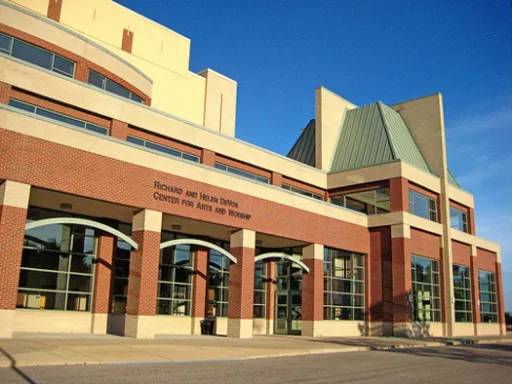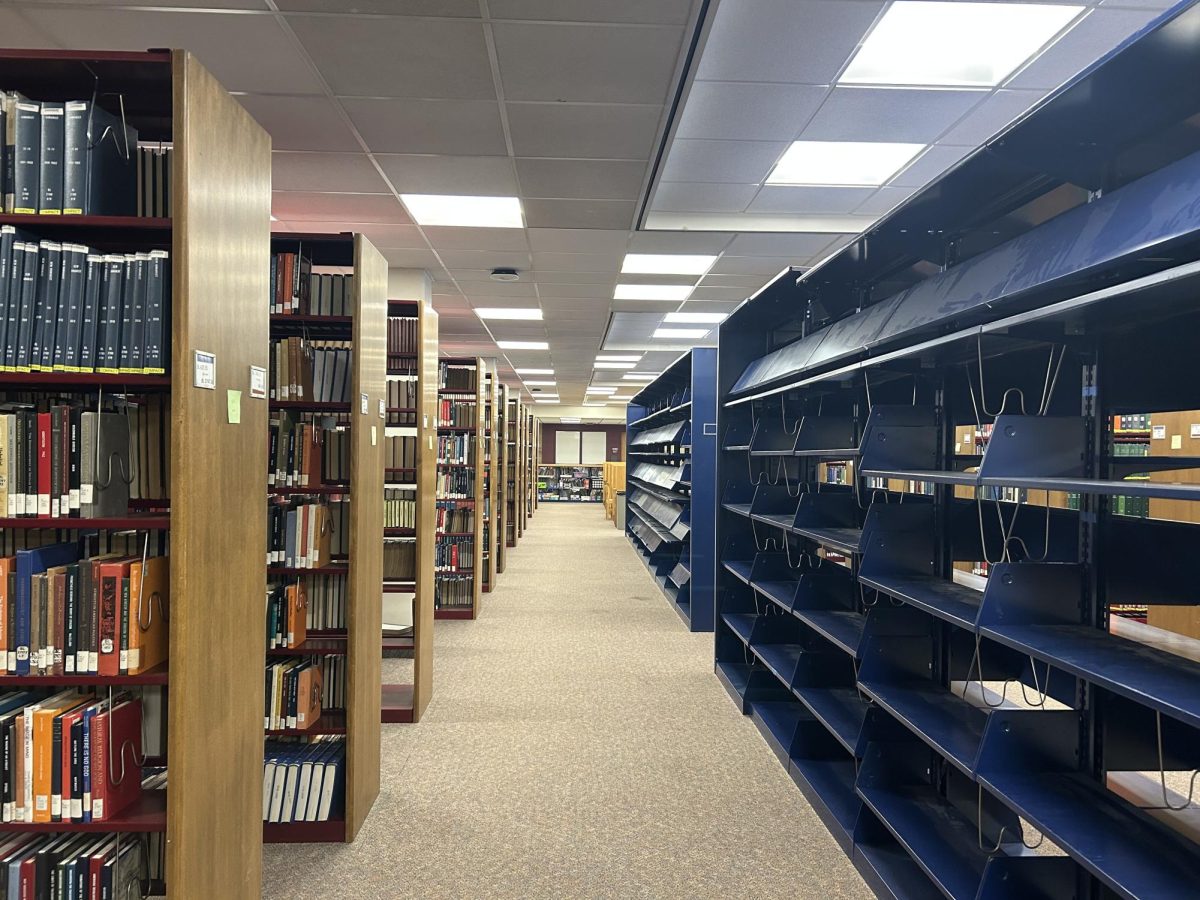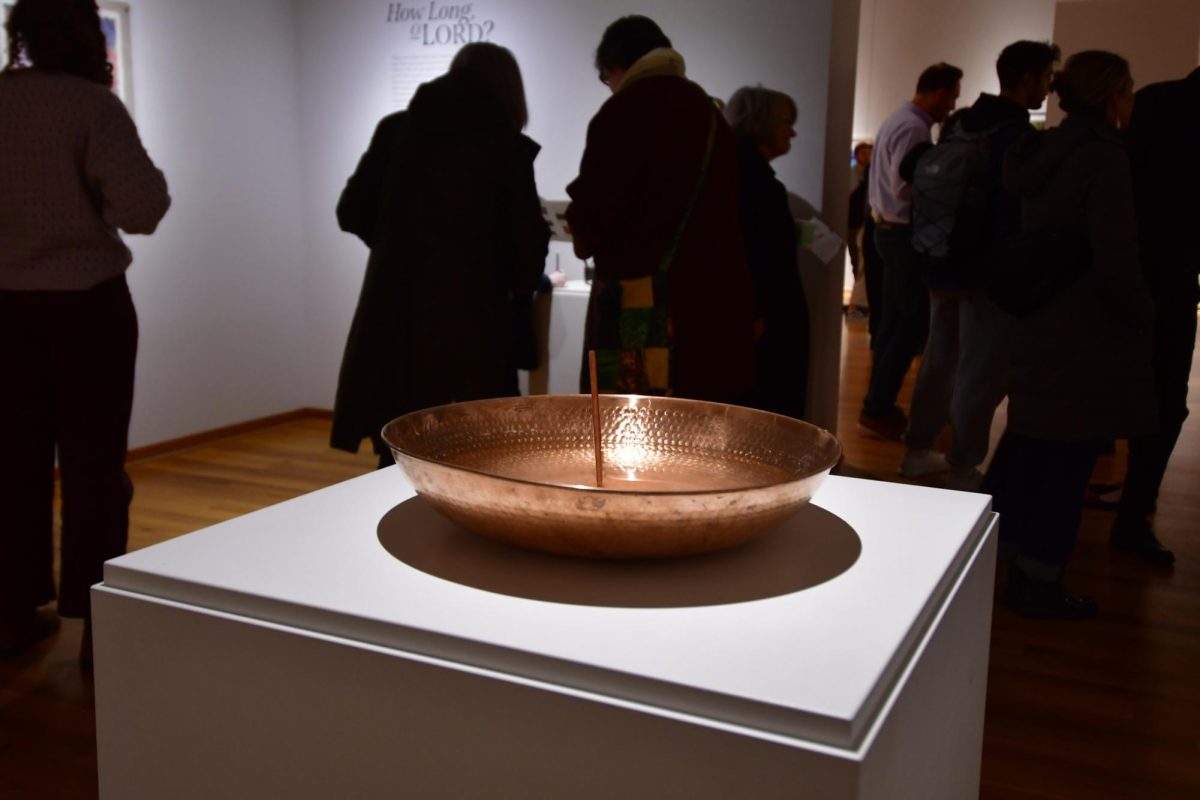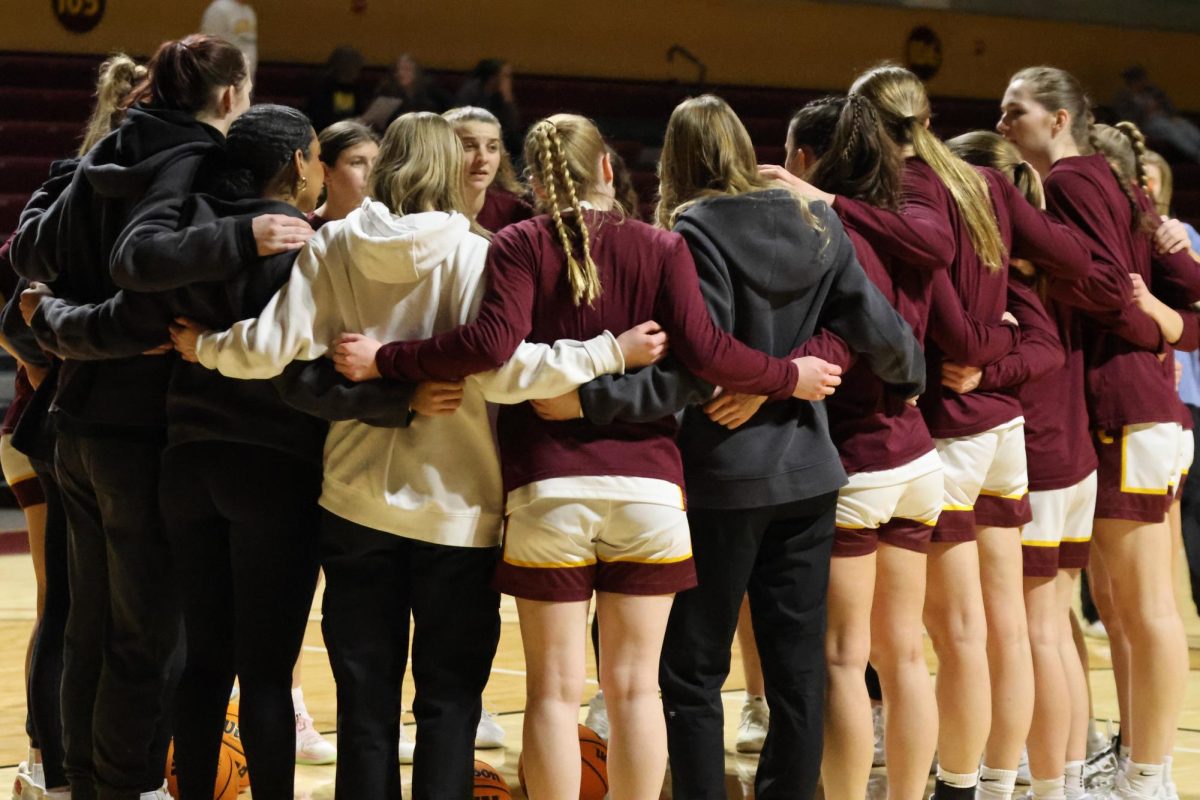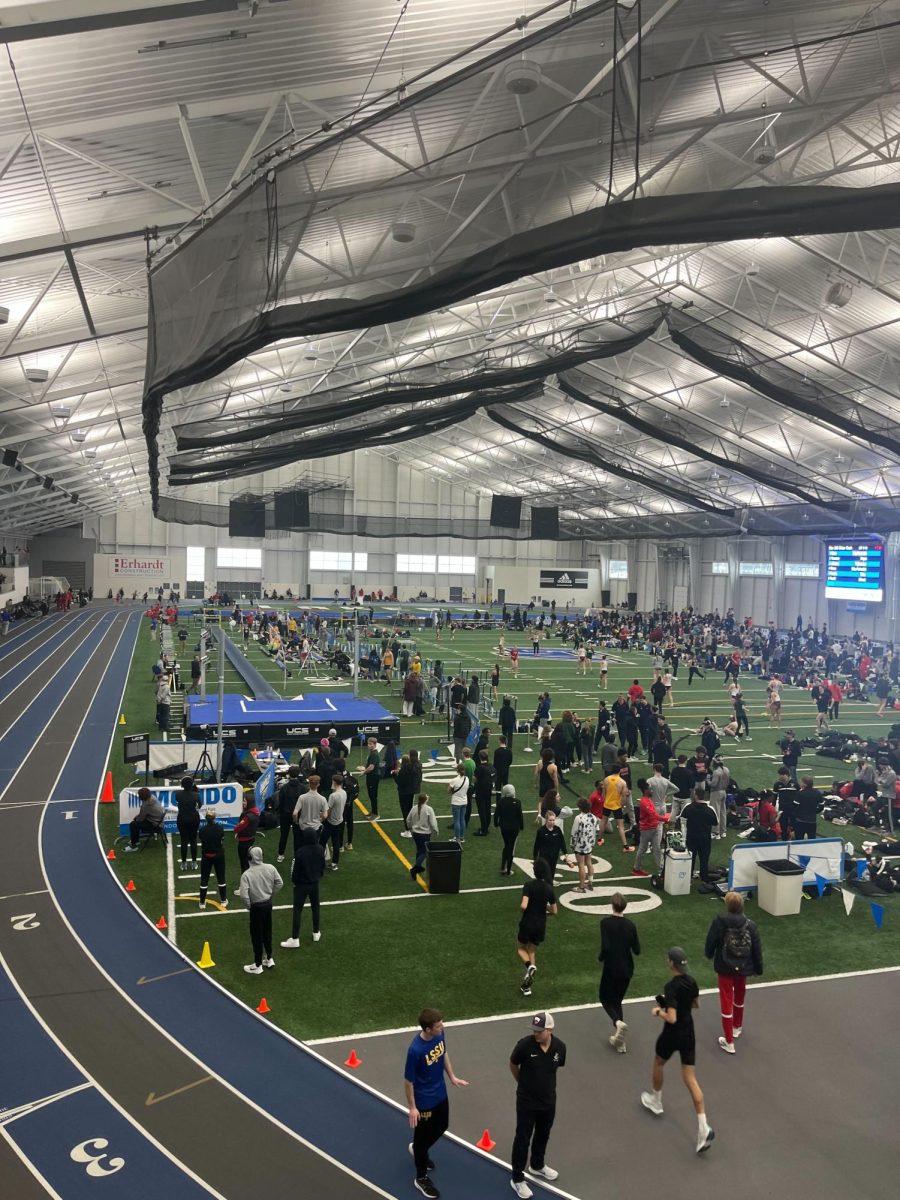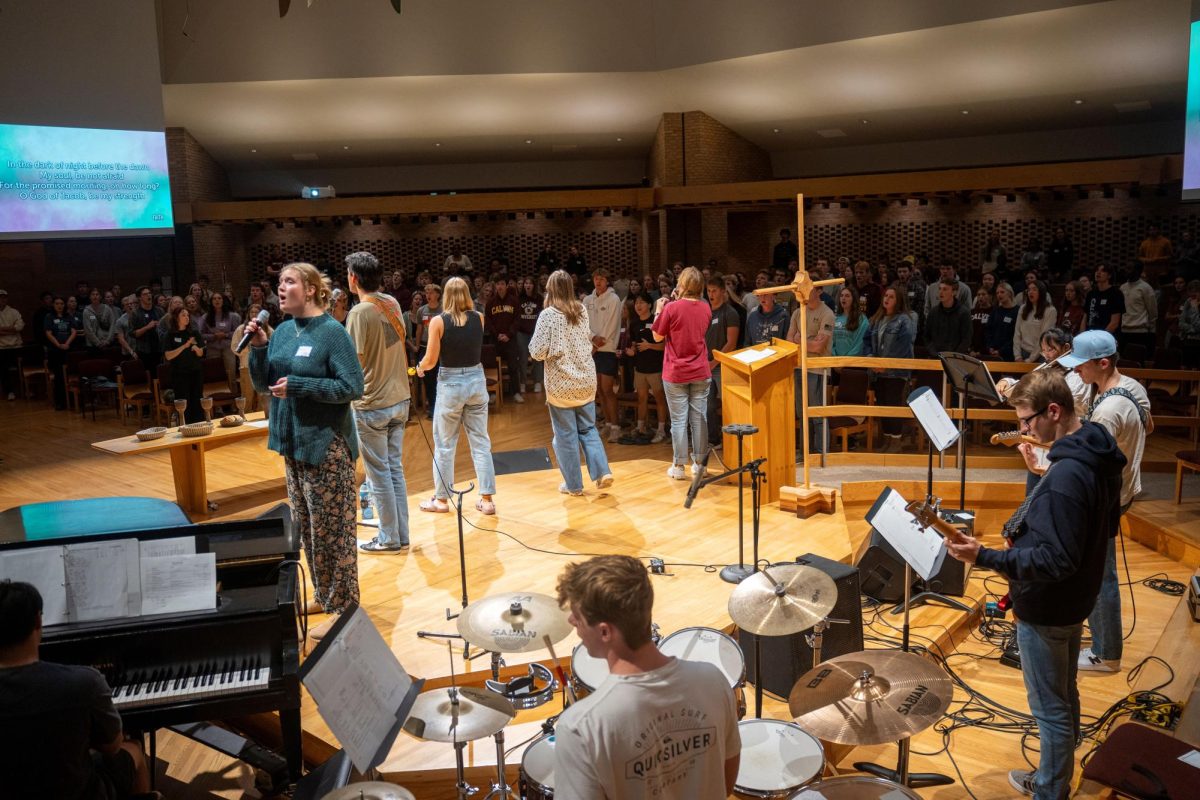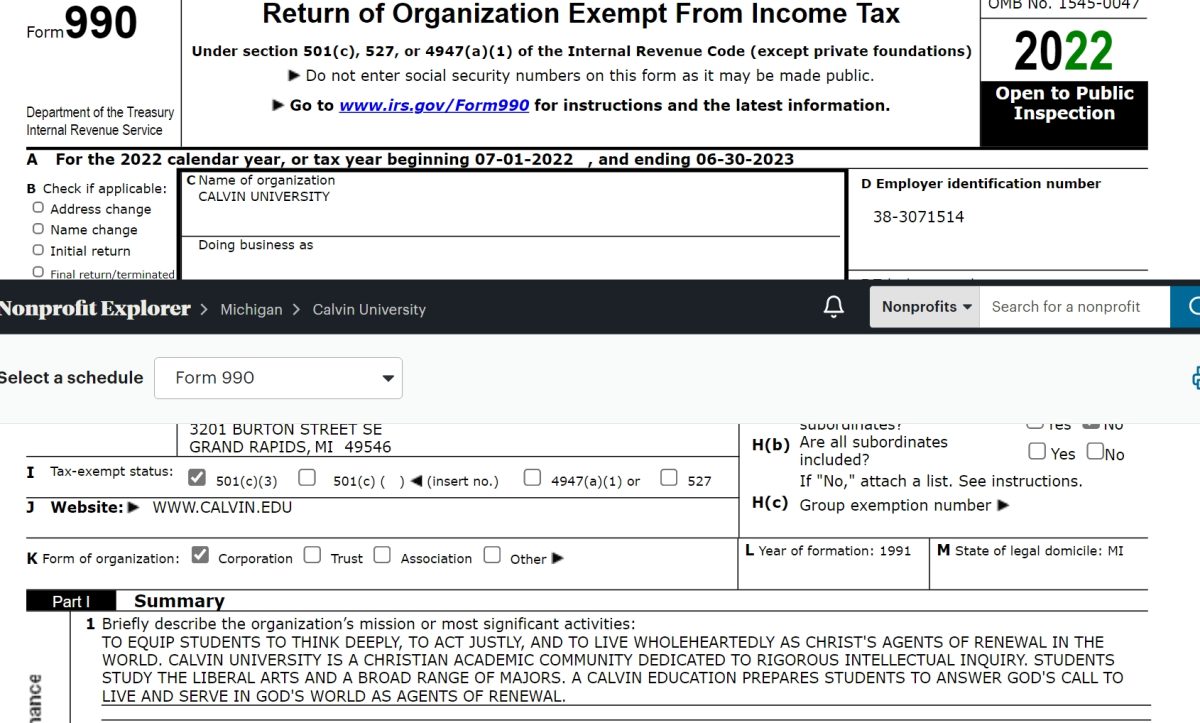On Nov. 18, Calvin celebrated the addition of the archaeological site in Umm al-Jimal, Jordan to the United Nations Educational, Scientific and Cultural Organization (UNESCO) World Heritage List.
The celebration highlighted the longstanding partnership between the people of Jordan and Calvin faculty. Speakers included a wide range of experts and officials from the Umm al-Jimal Project, the Municipality of Umm al-Jimal, the Department of Antiquities of Jordan, and researchers from other institutions.
The site that is now Umm al-Jimal was occupied by a series of Nabatean, Roman, Byzantine, and Abbasid peoples between 50 A.D. and 800 A.D.. Afterward, it was abandoned until first Druze and later Masa’eid peoples settled in the area. These settlers sometimes reused the ruins as homes or schools until the government of Jordan banned this use of the ruins and fenced off the area in 1972.
“The local people…our grandfathers lived in the site itself, and they have this kind of personal touch with the site itself,” Samar Erman, the local project lead, told Chimes.
Major archaeological work on the Umm al-Jimal site began in 1972, under the direction of the late Calvin professor Bert de Vries. Over the next 50 years, Calvin sent regular student groups to help with excavation; they were joined by researchers from other institutions as well as local residents. Today, the project is co-directed by Elisabeth Osinga, a Calvin grad who holds a PhD from the University of Southampton, Darrell Rohl, professor of archaeology at Calvin, and Jenna De Vries Morton, who focuses on fundraising and development for the project.
“Many people have ended up in archaeology jobs or related fields through that — so it’s very much a collaborative project,” Osinga told Chimes.
One of these people is Osinga herself, who was a research assistant and MacGregor fellor for de Vries, during her own time at Calvin. Another is Muaffaq Hazza, an archaeologist and a PhD candidate at the University of Bonn. In his presentation at the event, Hazza, who grew up in Umm al-Jimal, said that de Vries played a significant role in supporting his pursuit of archaeology.
de Vries was an early proponent of community archaeology, which Osinga described to Chimes as looking for ways to give “local populations the support they need to be partners in heritage-related processes… and in many cases to allow the local community to take over some or all of those processes when they are able.”
These heritage-related processes include archaeology itself, but also businesses that relate to the area’s culture or to archaeology-related tourism. According to Erman, the area receives a number of tourists every year – both Jordanian and international – as well as researchers. Part of Erman’s work is connecting tourists and local businesses in ways that will benefit the area economically and showcase its heritage.
“It takes time because sometimes you need to understand those people, how they think, what they look for in the future,” said Erman.
Now that the lengthy process of securing World Heritage Site status is complete, the project team is looking to shift their focus to other projects, such as getting some of the research published. “Because obviously a huge part of this is kind of sharing information, we want to be open access as much as possible,” explained Osinga.



